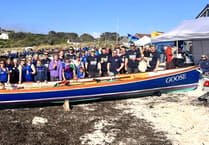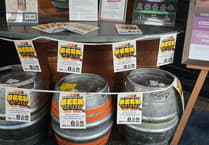HOW often are people described as “larger than life”? One thing for certain is that it surely applied to Bob Cramp, who made Watchet his final home after moving to the town in 2011 with his beloved wife Gillie.
Tragically, Gillie died soon after they arrived, which left Bob on his own. They had moved to the West Country from London where Bob had been a highly successful professional photographer, a career he was always destined to follow since, at the age of 14, he purchased his first camera, a Kodak Brownie, with the proceeds of a paper round.
There are many stories vividly told by Bob, of his life in London at the cutting edge of commercial advertising and I recall just one from his early days working with the Adrian Flowers, a legendary photographer in the swinging sixties.
While working in Adrian’s studio they would set up a shoot in the morning and take test shots which would go to be developed whilst they took the client for a long and boozy lunch. They would return in the afternoon, see the test shots and make corrections before taking the final shots.
As Adrian’s confidence in Bob grew, he would arrive later and later in the morning. Up to a certain point it wouldn’t matter that the client, Smirnoff, was there as Bob was busy doing the set-up, but it got to the stage where the waiting for Adrian became interminable and Bob just took the shot.
Adrian eventually realised that Bob was ready to go out on his own and sent him off with his blessing - and his first client.
He didn’t look back and produced many iconic images, none more memorable than the “Labour isn’t Working” poster, which was claimed to have played a big part in Margaret Thatcher’s election victory in 1979, and has since been voted the best poster of the 20th century.
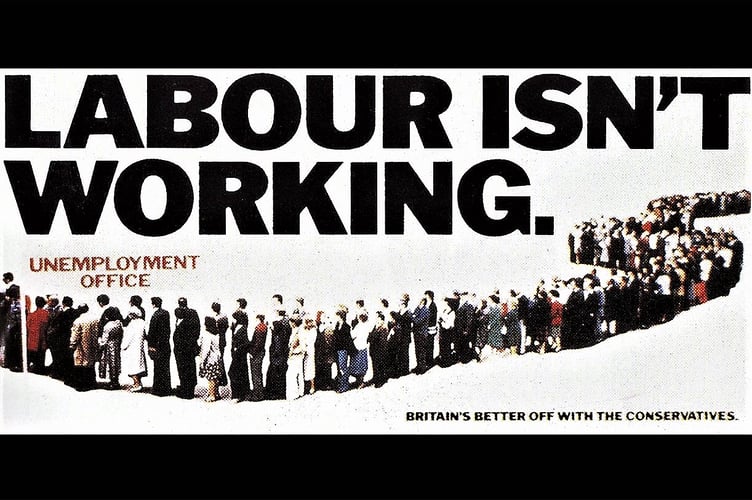
The original is now in the Victoria and Albert Museum’s permanent collection. Bob produced many remarkable images for his clients including Hovis, Guinness, Hamlet cigars and many other household names.
Leaving London, Bob and Gillie arrived in Exmoor to run a hotel in Brendon for five years, sold it and rented a tea room at Malmsmead with a campsite attached. Here he acquired an alcohol licence which resulted in the foundation of the unofficial Malmsmead ‘Watering Hole’ where locals were always guaranteed a warm and lengthy welcome.
Then to Watchet and pastures new. The loss of Gillie brought dark days for Bob but he found solace in many new-found friends.
He once told me how important the Harbour Community Bookshop was at this crucial time, giving him a purpose and an opportunity to spend time with the bookshop volunteers and chat with the many visitors that the bookshop attracts.
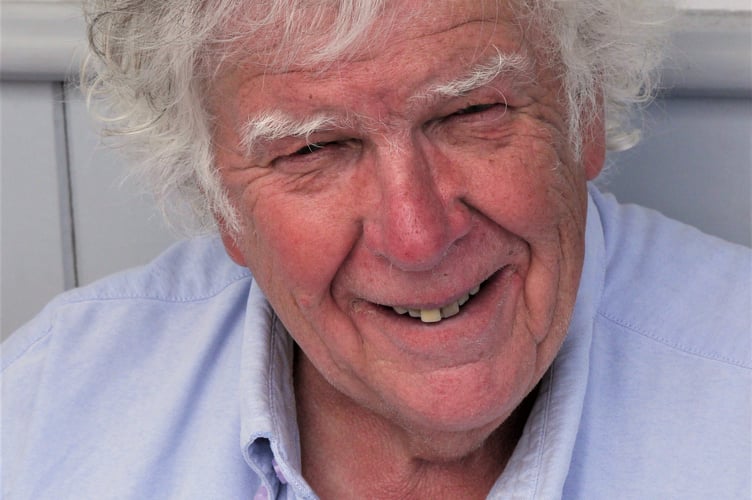
He fell in love with Watchet instantly, astonished at the vibrant and exciting community he was now part of. He was quick to embrace the history and traditions of his adopted town and became the chair of the Conservation Society, rapidly becoming a vociferous and vocal defender of the town.
Bob achieved a good deal during his tenure, creating a wonderful, moving photographic record of the redundant mill machinery culminating in a limited-edition book titled ‘Requiem for Wansbrough’, already a collector’s item.
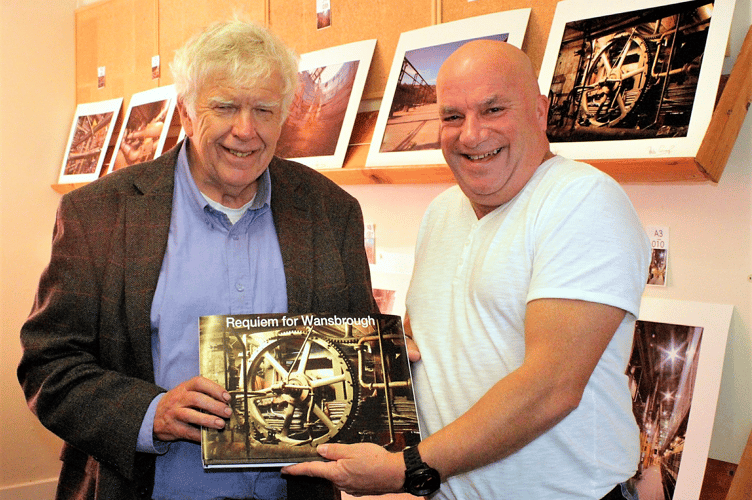
He was instrumental in the conservation society’s creation of a series of calendars celebrating the town along with the help of the many gifted fellow photographers Watchet can boast.
Bob had a big heart and, during the pandemic, felt it important that the society should support the local food bank and that most of the proceeds of the calendar (over £1,000), should provide this important charity with a boost. This gesture was typical of Bob - there were many others.
He was quick to realise the potential danger to Watchet should the development on Cleeve Hill take place and was the first to take action, galvanising support and awareness with continued, effective campaigns.
Many Watchet residents will remember Bob with great affection, not least fellow members of the ‘Old Gits Club’ of which he was an original member.
My personal lasting image of Bob must be of the day he took on the persona of the artist JMW Turner to celebrate the installation of a WCS interpretation board placed high on the old Pleasure Ground overlooking the town.
He arrived somewhat out of breath wearing a paint-spattered smock, cigar in one hand and whiskey flask and paintbrush in the other, resplendent in a top hat. He then proceeded to make a speech a la Turner.
It was a great disappointment that he was not well enough to assume the identity of James Date in the recent exhibition of the celebrated photographer’s work. He would have been brilliant!
Bob Cramp’s funeral will be at Taunton Deane Crematorium at 12 pm on Friday, April 28.
NOTE: The date of the funeral has been corrected from the initial version which wrongly stated April 12.


